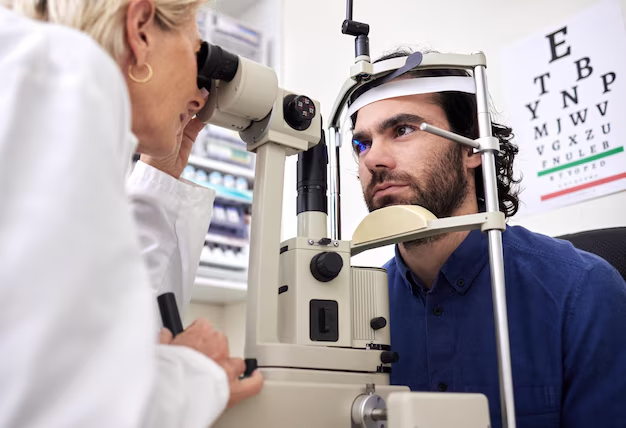Understanding How Diabetes Impacts Your Eyesight
Have you ever wondered about the connection between diabetes and eye health? Many people are not fully aware of the significant impact diabetes can have on their eyes, which can lead to serious conditions if not managed properly. Diabetes, a chronic condition characterized by high blood sugar levels, can damage various parts of the body, and the eyes are no exception. Let’s delve into how exactly diabetes affects your eyes and explore some options for support if diabetes has started to affect your vision.
The Link Between Diabetes and Eye Damage
Diabetic Retinopathy
One of the most common ways diabetes affects the eyes is through diabetic retinopathy. This condition occurs when high blood sugar levels damage the blood vessels in the retina, the light-sensitive tissue at the back of the eye. In its early stages, diabetic retinopathy may not present any symptoms, but as it progresses, you might notice floaters, blurred vision, or even vision loss. Annual eye exams are crucial for early detection and management of this condition.
Diabetic Macular Edema (DME)
Closely associated with diabetic retinopathy, diabetic macular edema involves swelling in the macula, a part of the retina responsible for sharp, central vision. DME can occur at any stage of diabetic retinopathy, leading to vision impairment and blindness if left untreated. Managing your blood sugar, blood pressure, and cholesterol levels can help mitigate the effects of DME.
Cataracts
People with diabetes are more likely to develop cataracts, a condition characterized by clouding of the eye’s lens, which affects vision. While cataracts are common as people age, diabetes accelerates this process, sometimes resulting in earlier onset. Cataract surgery can restore vision effectively in most cases.
Glaucoma
Diabetes can also increase the risk of glaucoma by damaging the optic nerve due to increased pressure in the eye. This group of eye diseases can lead to vision loss and blindness if not managed. The preventive measure here is regular eye screenings to catch and treat it early, often through medications or surgery.
Safeguarding Your Vision
Managing diabetes effectively is the first step in protecting your vision. Regular doctor visits to monitor blood sugar levels, careful management of diet and exercise, and regular eye examinations can prevent or slow the progression of diabetes-related eye diseases. Here are some actionable steps that can make a significant difference:
- Maintain optimal blood sugar levels: Keep your glucose in check with diet, exercise, and medication.
- Control blood pressure and cholesterol: Heart health is as crucial as blood sugar management in preventing eye complications.
- Quit smoking: Smoking exacerbates the risk of diabetes-related eye conditions.
- Specialized Eye Care: Make regular appointments with an ophthalmologist to monitor eye health.
Financial Assistance and Support
Dealing with the medical implications of diabetes can be overwhelming – both physically and financially. It’s important to be aware of the financial resources and assistance programs available to those managing diabetes and its complications.
Financial Resources and Opportunities
- Medicare and Medicaid: Both offer coverage options for diabetes management and related eye exams and treatments.
- Diabetes-specific grants: Many organizations provide grants specifically for people managing diabetes, which can include health programs covering eye care.
- State assistance programs: Various states have programs that offer financial help and resources to people with diabetes.
- Nonprofit support: Organizations like the American Diabetes Association offer information and support for managing both health and finances.
- Educational scholarships: If diabetes has impacted your education path, consider scholarship opportunities that take these challenges into account.
Caring for your eyes and overall health involves not just understanding the potential impacts of diabetes, but also knowing how to seek support and leverage available resources. Whether through state programs or nonprofit solutions, resources are available to ease the financial burden and help you maintain not just eye health but overall well-being.
| 📋 Resources for Financial Assistance |
|---|
| 💊 Medicare & Medicaid Coverage |
| 💵 Diabetes-specific Grants |
| 🏛️ State Assistance Programs |
| 🤝 Nonprofit Financial Support |
| 🎓 Educational Scholarships |
